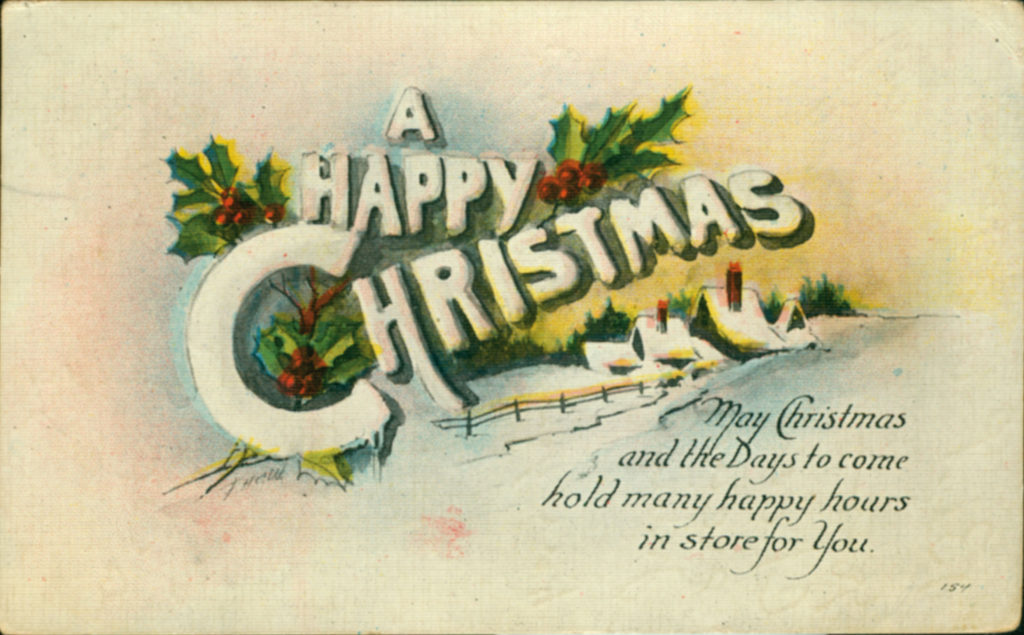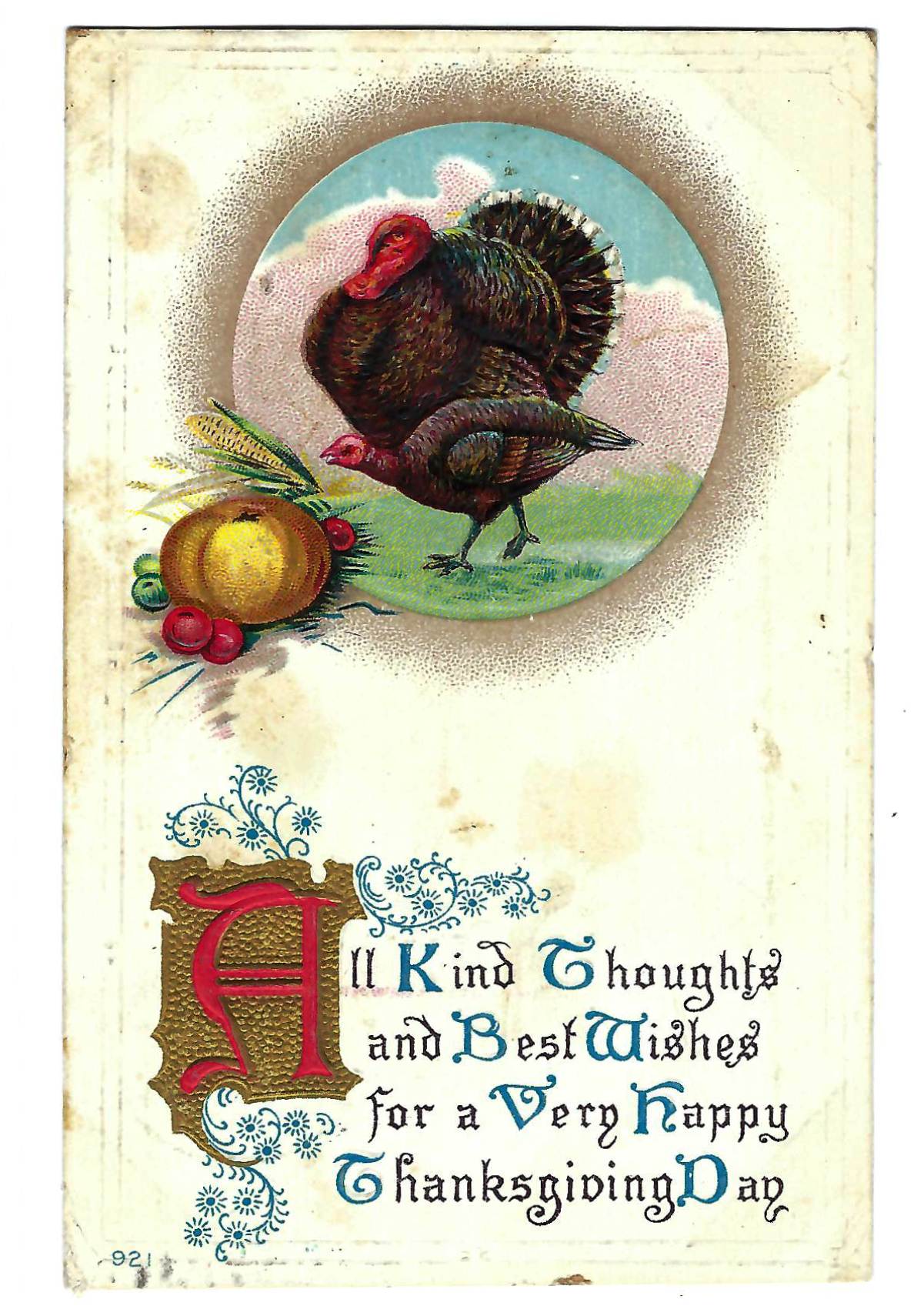By MICHAEL BUSHNELL
Northeast News
December 21, 2016
As a public communications medium, the postcard was ushered into service following the Columbian Exposition, held in Chicago in May of 1893.
Illustrations of the exhibits at the exposition were printed on government-issued postal cards and privately printed souvenir cards. Writing personal messages on the cards was prohibited on the address side of the card, which required a two-cent stamp. Five years later, Congress passed an act essentially creating the private mailing card that required only a one-cent stamp.
In 1901, Congress allowed the words “Post Card” to be printed on the back of the card. Private citizens were at last able to utilize the post card for corresponding with friends and loved ones across the country and around the world, all for the price of a one-cent stamp.
In 1907, postal rules were again changed, allowing postcards to be divided on the back, allowing space for the address and a personal message from the sender of the card. Postcard manufacturers flourished during the years leading up to World War I when most of the printing of the hand-colored cards was done in Germany due to the advanced printing techniques used there. Scenes on the front of postcards ran the gamut from a hand-colored image of a local street or landmark to cards with holiday messages on the front.
This week’s card bears the message “A Happy Christmas” on the front of the card in snowy letters, flanked with holly, berries and a pastoral scene, wishing the recipient of the card, “May Christmas and the days to come hold many happy hours in store for you.”
The card was sent to Mr. Leo M. Kelley of Russell, Penn., on Dec. 23, 1920. The message reads, “Best wishes to you for a merry Christmas and a new year. Have you seen any of the toys I sent? Much love, Julius J. Anderson.”
Postcard history dates to 1893
Related Posts
An Arts and Crafts Era Christmas
Michael Bushnell Contributing Historian With the Arts and Crafts Movement in full swing at the time, we bring you this simple, Christmas greeting postcard sent from Chicago, Illinois to Miss…
Thanksgiving Day Greetings
Michael Bushnell Contributing Historian What Americans celebrate today as Thanksgiving is traditionally tied to a three-day feast involving the Pilgrims after their first American harvest in 1621. The previous winter…




















